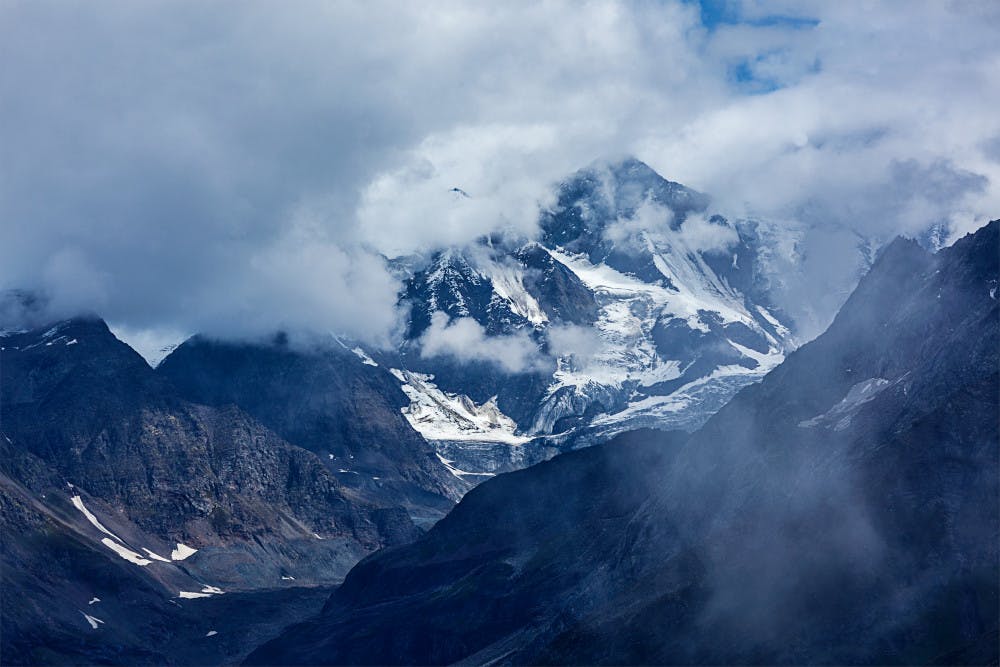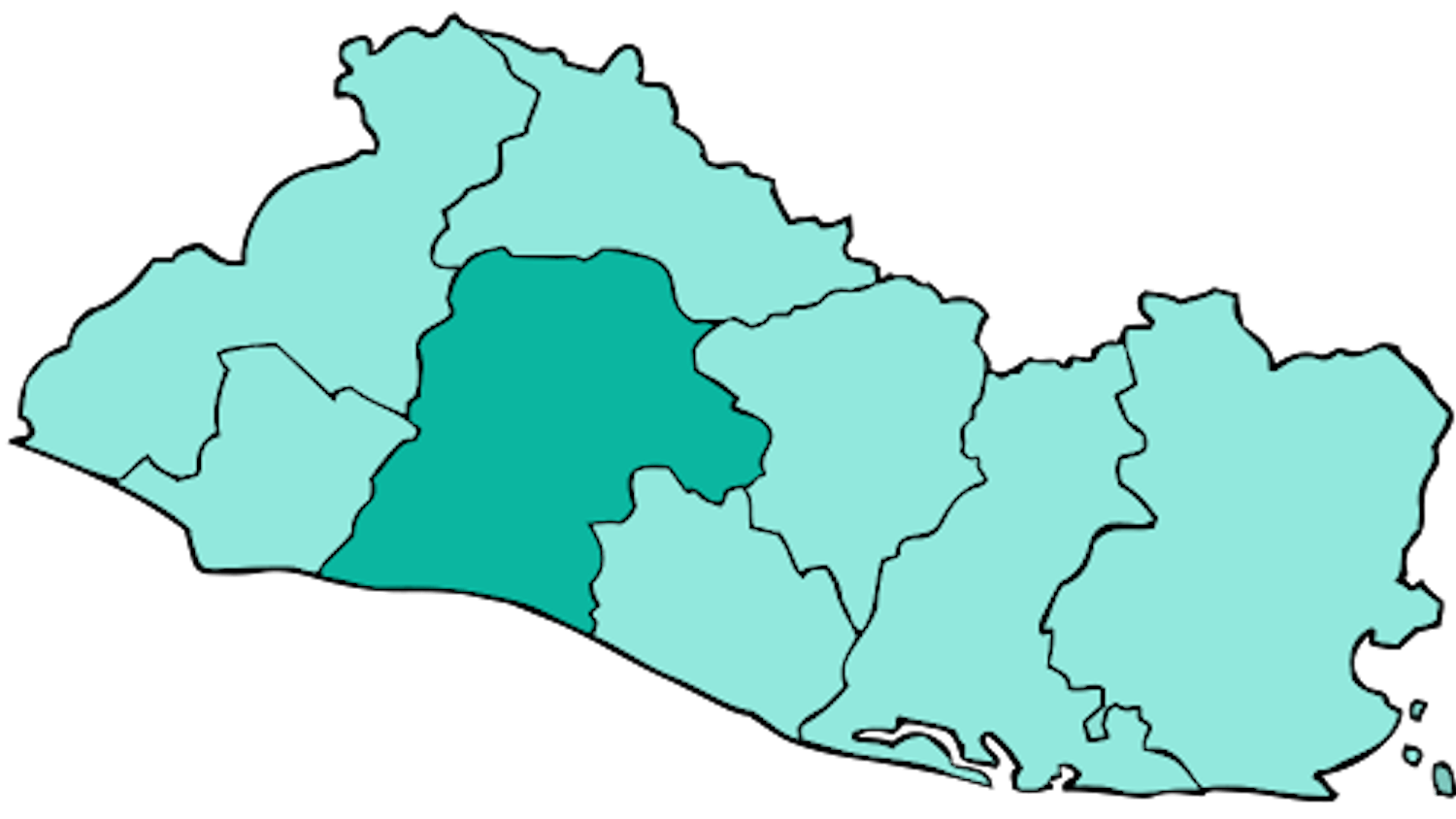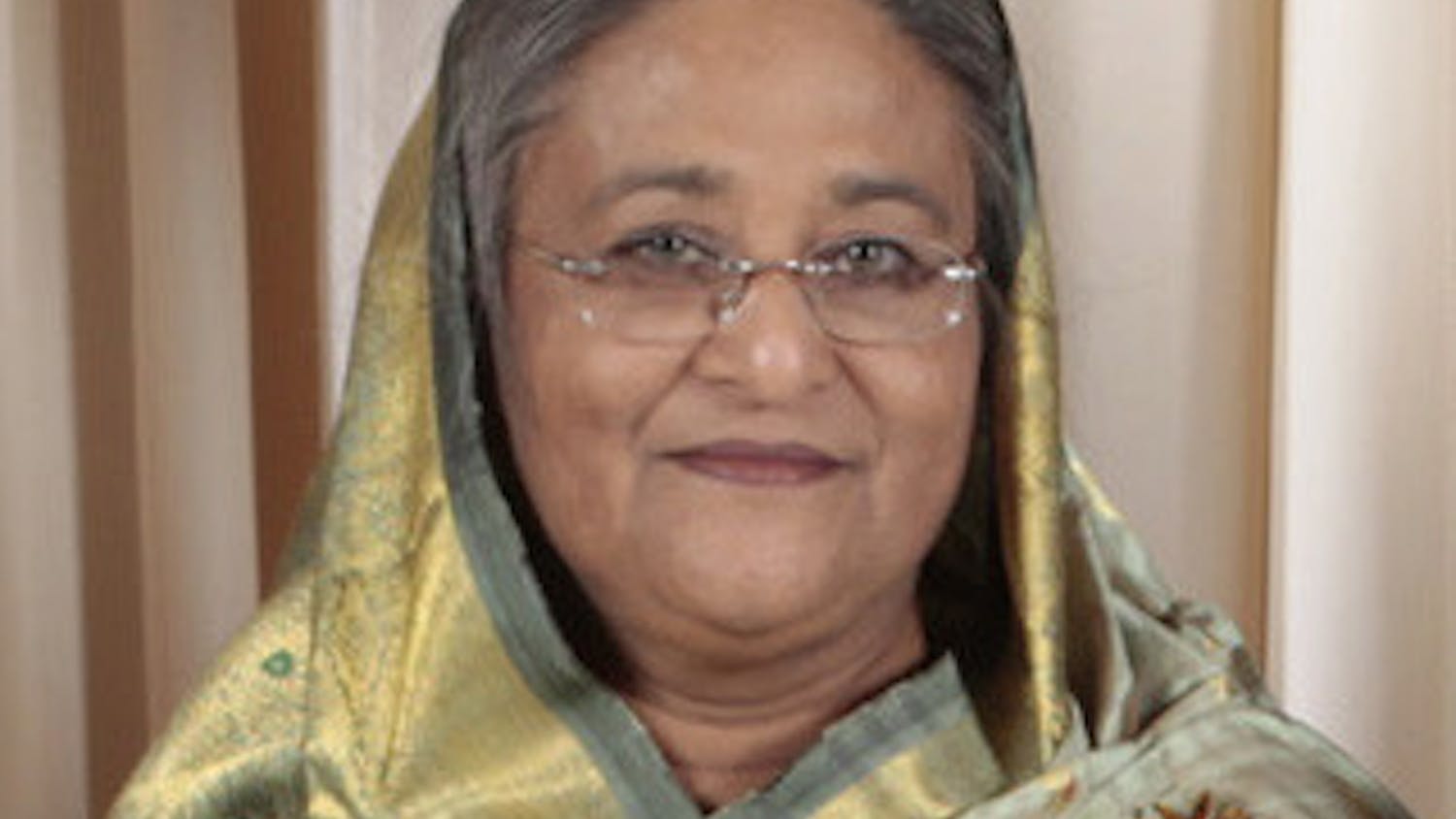By Sarah Adamo
Correspondent
Just after midnight on Monday, Feb. 8, over 171 people went missing in northern India when an avalanche of water and debris rushed down the side of a mountain gorge and broke through a dam known as the Rishiganga Hydroelectric Project.

This catastrophic event was triggered by a Himalayan glacier, with origins from the Nanda Devi mountain, that fell into the nearby Dhauliganga river, as reported by CNN. Apart from the many people yet to be located, 31 individuals perished from related injuries, USA Today confirmed.
Most of the missing are employers at the two hydroelectric projects found in Uttarakhand’s Chamoli district that was devastated by the natural disaster, CNN reported. The police chief of the district, Ashok Kumar, expressed concern to CNN reporters that among the number of those estimated missing are 35 workers who may be confined inside a tunnel, spanning more than 656 feet in length at the bigger hydroelectric project.
Since last Monday, an impressive 2,000 members of the military, paramilitary groups and police have participated in search-and-rescue efforts in Uttarakhand, according to USA Today. The news source includes a comment from a villager named Sangram Singh Rawat who lives within a site affected by the glacier. The resident, also a former council member of his village Raini, said that “Everything was swept away, people, cattle and trees.”
In order to pitch in, rescue workers and local volunteers are employing shovels and mechanical diggers to access the tunnel entrance and free those trapped within, as reported by BBC News. Some also brought wooden planks to facilitate their journey through the mud and fallen debris.
One recovering man who escaped the tunnel relayed some important recollections to BBC. "We held on to the [roof] of the tunnel,” the source told BBC, continuing that he and other workers held on while waiting for the water to recede before finding their footing on rocks that had been swept in to breathe. He captures the desperation of their situation when he added, “We had lost hope. We didn't think we would survive."
Before rescue teams intervened, an approximated 2,500 residents of 13 villages within proximity of the tragedy were simultaneously affected by flash floods incited by the glacier’s descent, CNN reported. According to BBC, a bridge in the Tapovan area that linked those villages was destroyed by the avalanche and a lack of infrastructure which threatened the food security of their residents. In quick response, food packets were dropped overhead from aircrafts to some of the villages, as reported by BBC News. Each of these villages was also reached by rescue teams on Monday afternoon and evacuation efforts began immediately, according to CNN.
Though this event was far beyond the realm of prediction, CNN indicates that “the ecologically sensitive” Himalayan region is accustomed to flash floods and landslides. Glaciers are adversely impacted by the escalating global temperatures induced by climate change and become mobile as they melt. In addition, glacial lakes of considerable size may be created and escape from their place behind the glaciers when they move, leading to floods such as the ones that resulted from this occurrence.
More alarmingly, this was not the first time that such an event transpired within the Himalayan mountains in the past decade, according to CNN. In June 2013, the area’s chief minister announced a “Himalayan tsunami” after India experienced the fiercest monsoon rains in decades which killed almost 6,000 people in the resultant floods. It is imperative that preventative measures be adopted if possible, given that aside from the damage done to buildings and infrastructure alone. These inundations also symbolize the waning water supplies left for the millions of people who get their water from the glaciers. The New York Times cites a recent study, warning that such water deposits could vanish entirely when the century closes.
Looking to the future, authorities from northern India plan to devote more consideration to the climatic repercussions of state power projects in the ecologically vulnerable mountains. This intention owes itself in part to the attention of the international community after videos were released on social media showing the water speeding down the mountain gorges, decimating bridges and one of the dams in its wake, as described by The New York Times.
Uma Bharti, a former minister for water resources and river development under Prime Minister Narendra Modi’s administration, offered her thoughts on the incident over Twitter. “The incident, which happened in the Himalayas at Rishiganga, is a matter of both concern and warning,” she wrote. She added that the mountain range is easily perturbed by natural disasters to then argue that projects on the Ganges and its tributaries are unwise if India wishes to avoid similar devastation.







